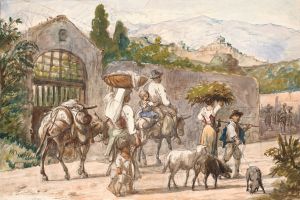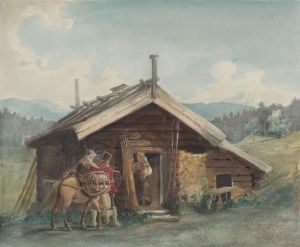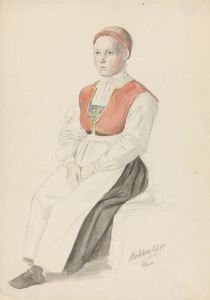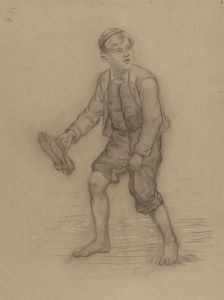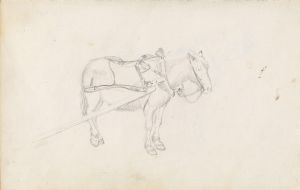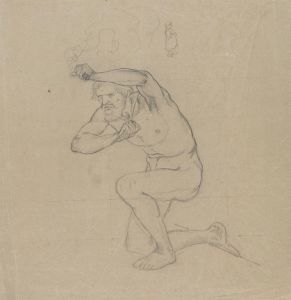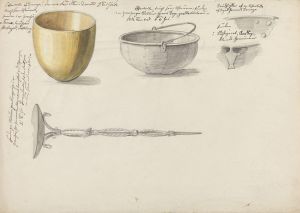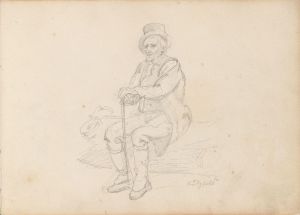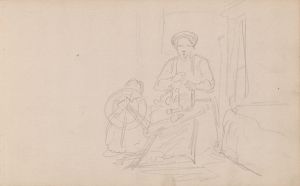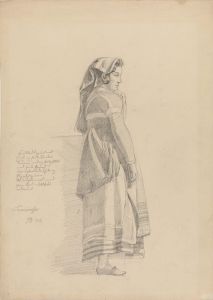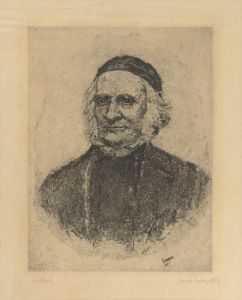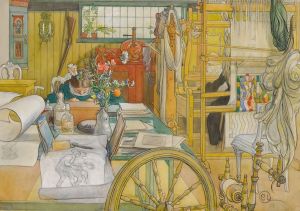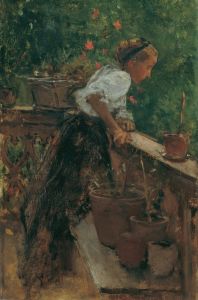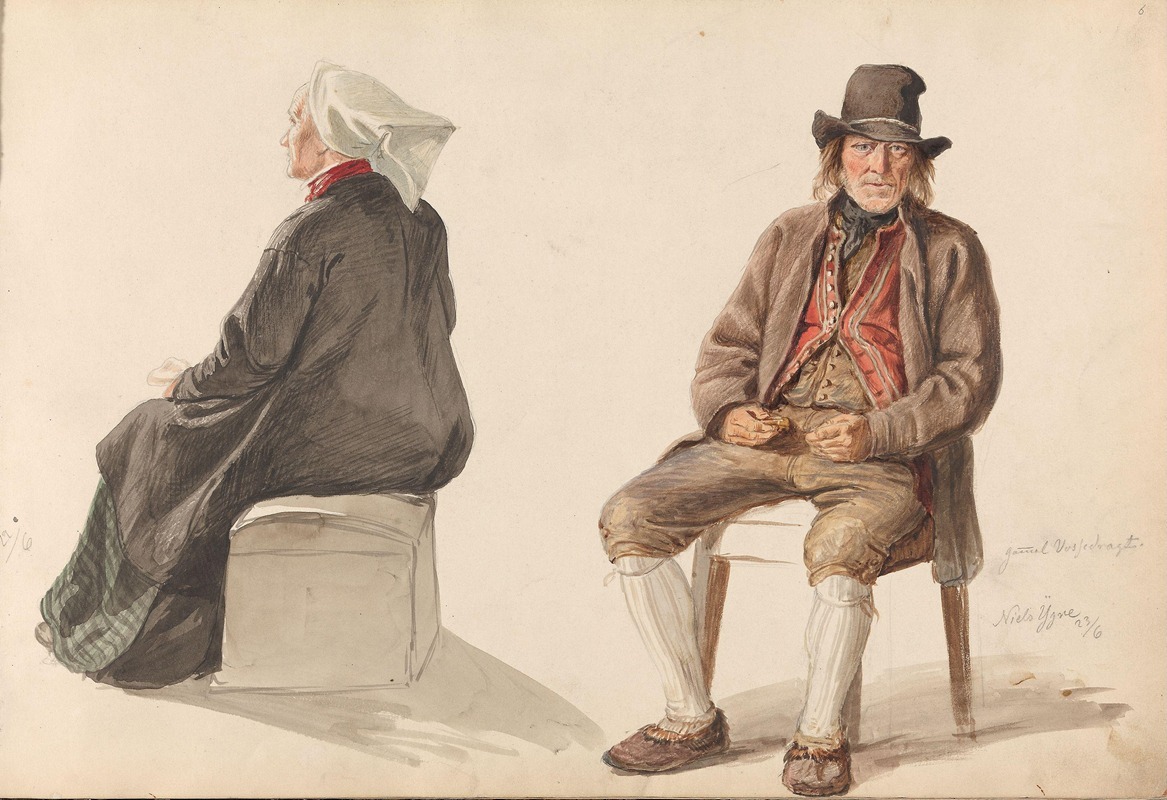
Guro Vossebakken; Nils Ygre
A hand-painted replica of Adolph Tidemand’s masterpiece Guro Vossebakken; Nils Ygre, meticulously crafted by professional artists to capture the true essence of the original. Each piece is created with museum-quality canvas and rare mineral pigments, carefully painted by experienced artists with delicate brushstrokes and rich, layered colors to perfectly recreate the texture of the original artwork. Unlike machine-printed reproductions, this hand-painted version brings the painting to life, infused with the artist’s emotions and skill in every stroke. Whether for personal collection or home decoration, it instantly elevates the artistic atmosphere of any space.
Adolph Tidemand was a prominent Norwegian painter in the 19th century, renowned for his depictions of Norwegian folk life and traditions. His work is characterized by a focus on rural scenes and the everyday lives of people, capturing the essence of Norwegian culture during his time. One of his notable works is "Guro Vossebakken; Nils Ygre," which reflects his dedication to portraying the authentic spirit of Norway.
Adolph Tidemand was born on August 14, 1814, in Mandal, Norway. He pursued his artistic education at the Academy of Art in Copenhagen from 1832 to 1837 and later continued his studies in Düsseldorf, Germany, which was a significant center for art at the time. Tidemand became associated with the Düsseldorf School of painting, which emphasized detailed and realistic portrayals of subjects, often with a narrative element.
The painting "Guro Vossebakken; Nils Ygre" is part of Tidemand's extensive body of work that focuses on Norwegian peasant life. His paintings often depicted scenes from rural Norway, capturing the customs, costumes, and landscapes that defined the Norwegian identity. Tidemand's works are celebrated for their ethnographic accuracy and attention to detail, which provide valuable insights into 19th-century Norwegian society.
Tidemand's interest in Norwegian folk culture was influenced by the national romantic movement, which sought to promote and preserve national identity through art and literature. This movement was particularly significant in Norway, which was seeking to assert its cultural identity during a period of political union with Sweden. Tidemand's paintings played a crucial role in this cultural renaissance by highlighting the unique aspects of Norwegian life.
In "Guro Vossebakken; Nils Ygre," Tidemand likely aimed to portray individuals from specific regions or communities, capturing their distinct attire and environment. His works often included detailed studies of traditional Norwegian costumes, which varied significantly across different regions. These costumes were an important aspect of Norwegian cultural heritage, and Tidemand's paintings helped to document and preserve this aspect of Norwegian history.
Tidemand's ability to convey emotion and narrative through his paintings made him one of the most beloved artists in Norway. His works were not only appreciated for their aesthetic qualities but also for their cultural significance. They provided a window into the lives of ordinary Norwegians, celebrating their traditions and way of life.
Throughout his career, Tidemand received numerous accolades and his works were exhibited widely, both in Norway and internationally. He collaborated with other artists, such as Hans Gude, with whom he created some of his most famous works, including "Bridal Procession on the Hardangerfjord."
Adolph Tidemand passed away on August 25, 1876, but his legacy continues to be celebrated in Norway and beyond. His paintings remain an important part of Norway's cultural heritage, offering a glimpse into the country's past and the lives of its people. "Guro Vossebakken; Nils Ygre" stands as a testament to Tidemand's skill as a painter and his dedication to capturing the essence of Norwegian life.





